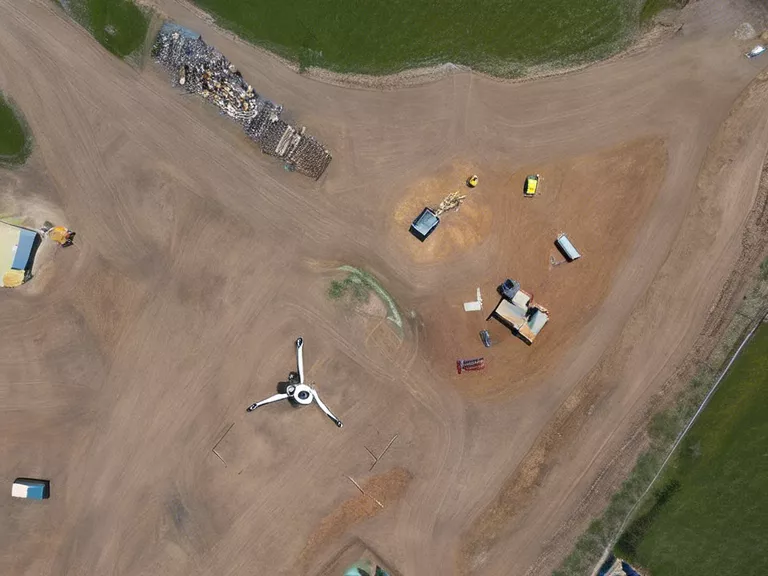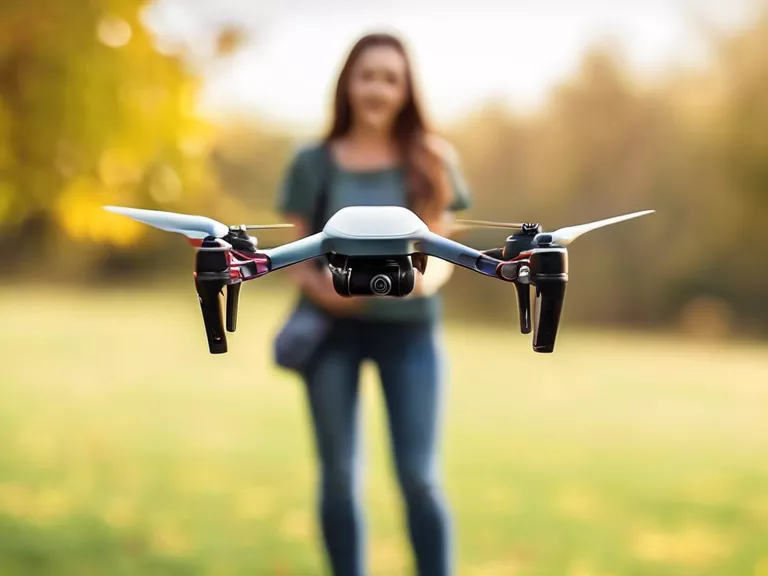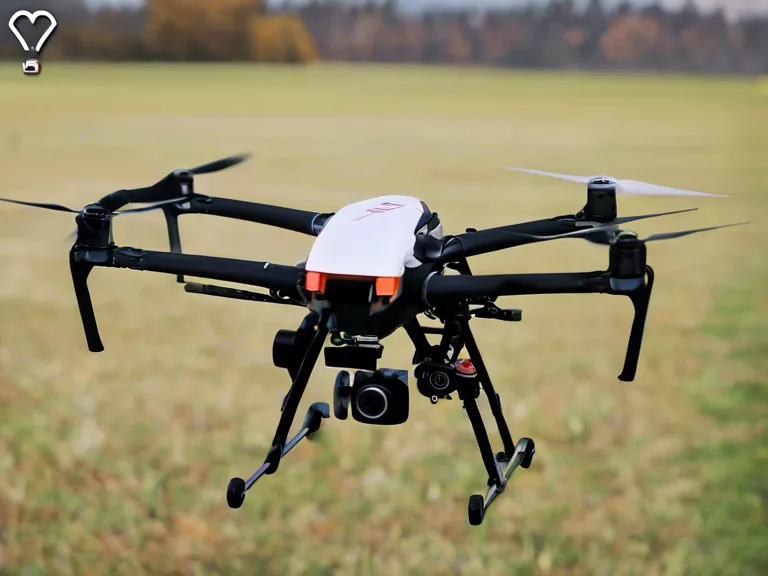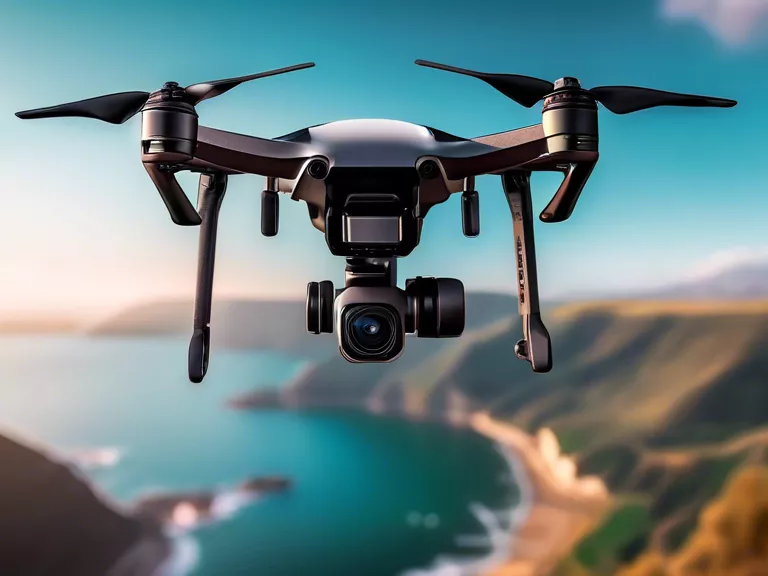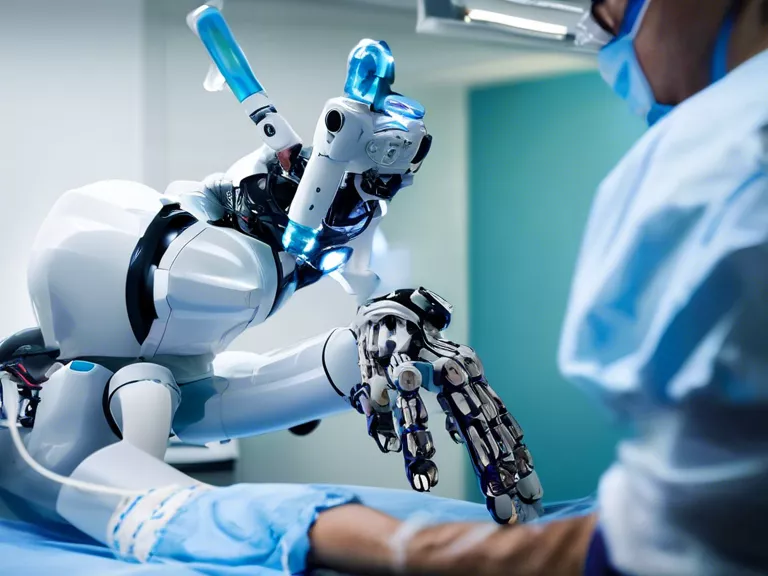
How robotics is transforming surgery with precision and minimally invasive techniques
In recent years, robotics has revolutionized the field of surgery by offering precision and minimally invasive techniques that were previously unimaginable. Surgeons are now able to perform incredibly complex procedures with greater accuracy and control, leading to faster recovery times and better outcomes for patients.
One of the key advantages of robotic surgery is the use of smaller incisions, which reduces the risk of infection and scarring for patients. By using robotic arms equipped with tiny instruments and a high-definition camera, surgeons are able to navigate the body with greater ease and precision than ever before. This level of control allows for more delicate and nuanced movements during surgery, resulting in less trauma to the surrounding tissues and a quicker healing process.
Additionally, robotic surgery offers surgeons enhanced visualization of the surgical site, allowing them to see with greater clarity and detail than what is possible with the naked eye. This improved visibility enables surgeons to identify and address issues that may have been missed in traditional surgery, leading to more successful outcomes and fewer complications.
Furthermore, robotic systems can provide surgeons with additional tools such as 3D imaging and virtual reality simulations to plan and practice complex procedures before they are performed on actual patients. This level of preparation and precision minimizes the risk of errors during surgery and allows for a more personalized approach to each patient's unique anatomy.
As technology continues to advance, the capabilities of robotic surgery are only expected to grow. With ongoing research and development, surgeons are exploring new applications for robotics in various specialties, from orthopedics to neurosurgery. The future of surgery is undoubtedly being shaped by robotics, offering patients safer, more effective, and less invasive treatment options than ever before.
